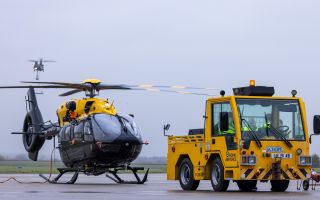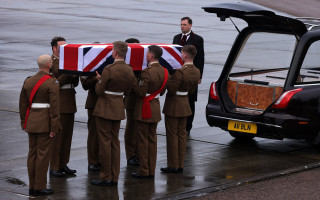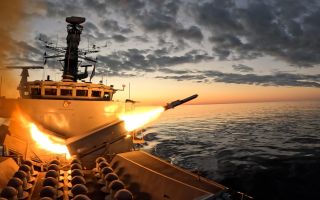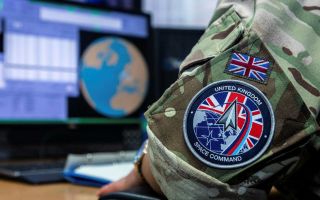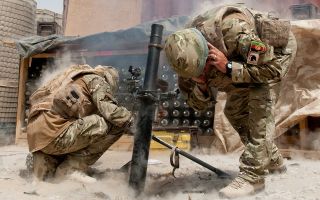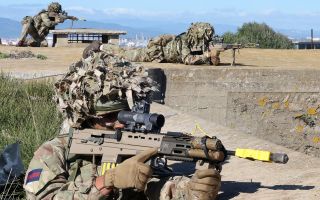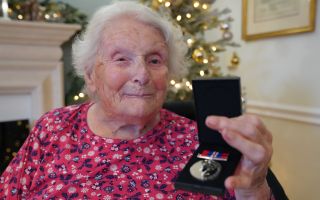Tri-Service
Divers Raise Flag On RFA's Most Hallowed Wreck After 73 Years
The Royal Fleet Auxiliary's (RFA) standard has been raised on its most sacred site for the first time in nearly 74 years.
The Blue Ensign was hoisted on the wreck of the tanker Darkdale off St Helena, nearly 140 feet below the surface of the mid-Atlantic.
The RFA had been carrying out a successful operation to remove tonnes of oil trapped in its sunken hold, eliminating the risk of large-scale environmental damage to the idyllic island.
It comes after the bell of HMS Hood was lifted from the seabed recently as a memorial for the lives lost when she was sunk by the Bismarck in the North Atlantic in 1941.
A Royal Navy team of divers paved the way for the cutting-edge operation, safely removing shells from the tanker’s guns, before specialist 'frogmen' working for the Ministry of Defence’s Salvage and Marine Operations division moved in to extract the oil.
Over several weeks they managed to draw out some 1,944 cubic metres of fuel – enough to fill the tanks of more than 35,000 family cars – from the shattered remnants of the Darkdale, which lies just off the capital of Jamestown.
The removed fuel is now in a tanker and will be taken away for reprocessing.
There remains some oil in the wreck and as the Darkdale continues to disintegrate over time, small amounts will leak.
But Andy Liddell of MOD’s Salvage and Marine Operations division said that the team had extracted “all the oil that can possibly be removed."
“We are now confident that St Helena is at no risk of environmental damage from a large spill, and that was our overriding objective.”
The last act of the operation was performed by diver Gordon Vickers, who raised the Blue Ensign on the wreck in memory of the 41 men killed in 1941.
The tanker had been stationed off St Helena, providing fuel for passing Royal Navy warships waging the Battle of the Atlantic against the German Navy.
She was torpedoed on the night of October 21-22 1941 by submarine ace Karl-Friedrich Merten in U-68.
Locals inspected the upturned wreck before it sank beneath the waves in 1941
Royal Navy divers removed 38 shells used by Darkdale’s two main guns, dumping them in water one and a half miles deep, where they’ll be of no danger to anyone. Lt Olly Shepherd, who led the 12-strong team of Royal Navy divers, said.
“It’s been a real cutting-edge, edge of the envelope operation, all taking place off a tiny island in the middle of the Atlantic.”
“It’s the most challenging thing any of us have ever done but also a brilliant experience, something really special to be involved in.
“St Helena is an incredible place and the wreck of the Darkdale is a big part of the history of the island.”




